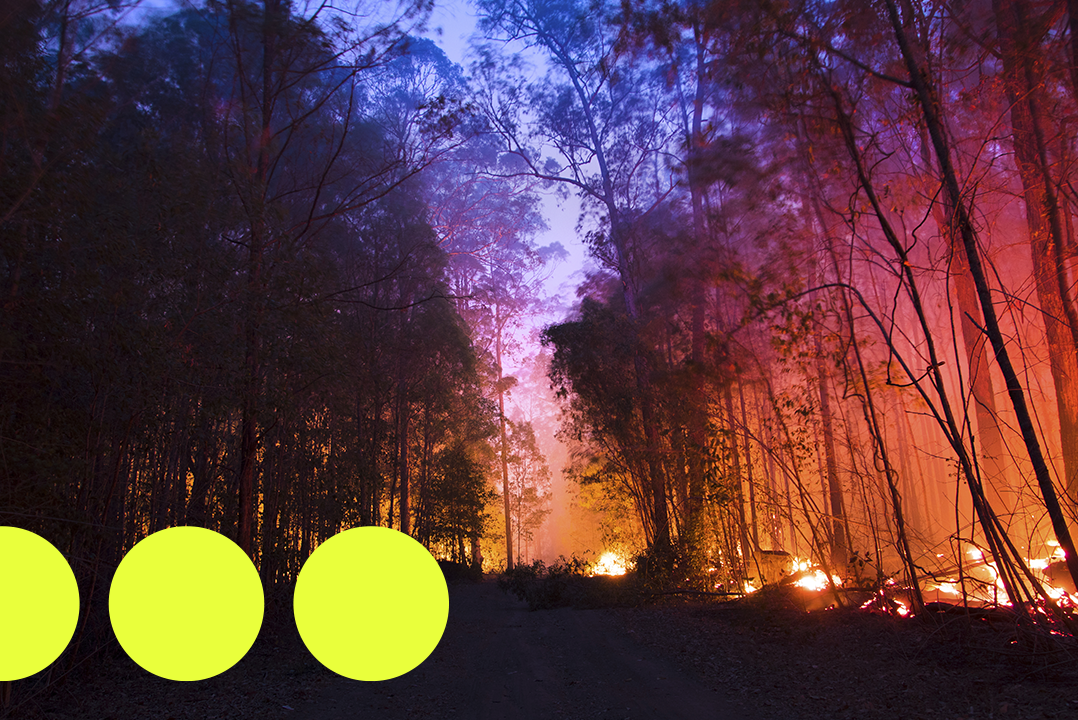
Bushfires remain one of Australia’s greatest natural threats. They devastate communities, wildlife, infrastructure and with climate change lengthening fire seasons and increasing dangerous fire weather days, organisations face more pressure than ever to prepare. In this context, resilient communication systems are not a luxury; they are a lifeline.
The Changing Threat Landscape
- In January 2025, a fire in north-west Victoria tore through around 64,500 hectares, destroying homes and farmland.
- Tasmania’s west coast saw 45,000 hectares burned in early 2025.
- In the Grampians, a blaze grew to 74,000 hectares, causing widespread damage to homes, livestock, and communications infrastructure.
Why Communication Matters
- Rapid coordination across fire, police, ambulance, and support agencies.
- Timely evacuation messaging to keep communities safe.
- Real-time situational awareness, including weather updates and fire behaviour data.
- Continuity of logistics and command, even when conventional systems are down.
Simoco’s Role: Empowering Organisations with Resilient Solutions
At Simoco, we design and deliver communications systems that are built to perform when it matters most. Our solutions are tailored to the complex challenges of bushfire management, ensuring reliability, coverage, and interoperability.
Multi-bearer Convergence with Velocity
P25 Interoperability
Rugged and Rapid Deployment
From mobile repeaters to resilient handhelds, our hardware is built for extreme conditions. Rapid deployment options mean coverage can be extended quickly into impacted areas, reducing downtime and risk.
Satellite Failover and Backup
By incorporating satellite or alternative bearers, our systems ensure communications never stop, even when terrestrial infrastructure is destroyed.
Roam: Future-Ready Mobile Communication Hubs
Practical Steps for Organisations
- Invest in multi-bearer systems to guarantee continuity when networks fail.
- Deploy redundancy and mobile repeaters for rapid coverage expansion.
- Prioritise interoperability to enable seamless cross-agency collaboration.
- Integrate real-time data from agencies like the Bureau of Meteorology into operational decision-making.
- Train teams regularly so technology and people are equally prepared.
Conclusion
Australia’s bushfire risk is intensifying, and the consequences are growing. By combining hazard reduction, preparedness, and resilient communication systems, organisations can reduce risk and protect lives. Simoco is committed to helping our partners stay connected, resilient, and ready no matter how severe the challenge.
For more information, contact us today. Let’s embark on this journey together.